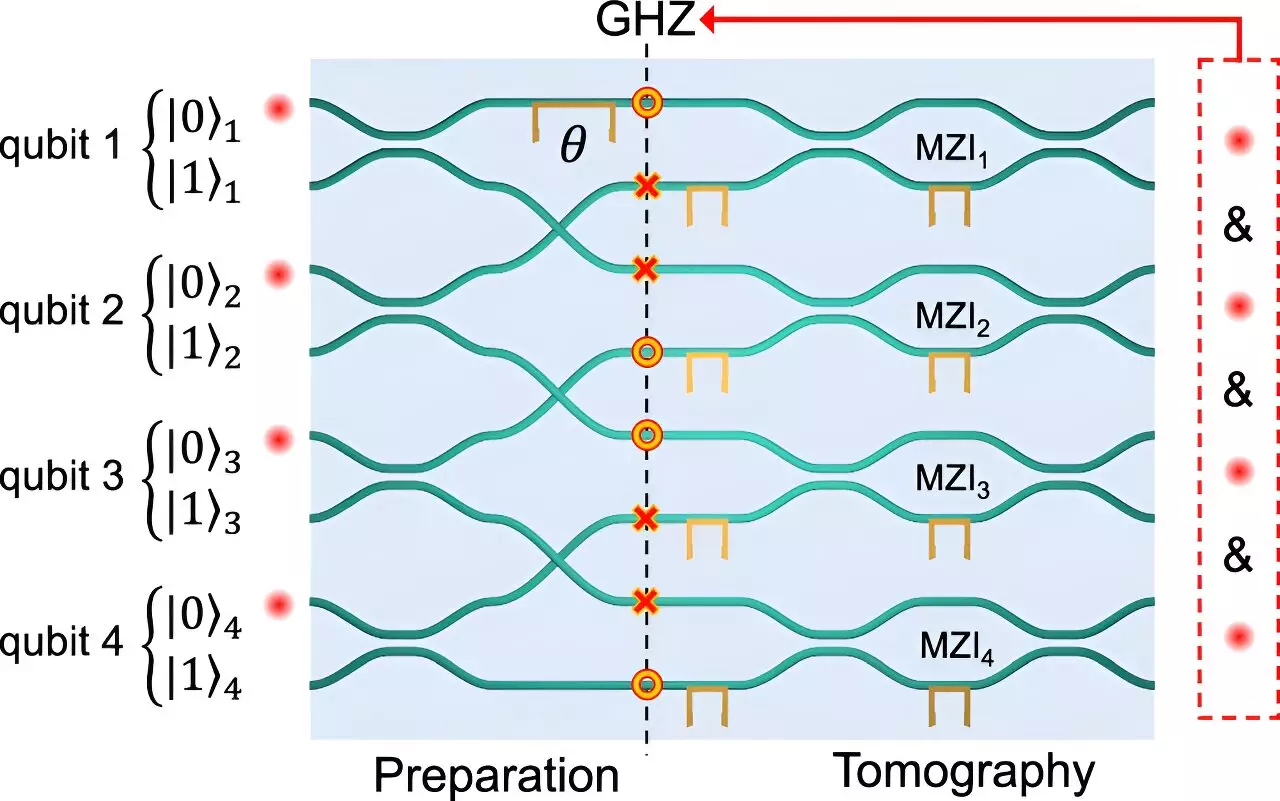In the realm of cybersecurity, the evolution of encryption techniques stands as a testament to our ongoing battle against data breaches and espionage. While classical encryption methods have relied heavily on sophisticated mathematical algorithms—often requiring immense computational power to crack—quantum encryption presents a groundbreaking shift. This innovative approach leverages the fundamental principles of quantum mechanics to secure communication. The core strength of quantum encryption lies in its ability to detect any form of espionage or interference; should an attempt be made to eavesdrop, the quantum states involved experience unavoidable alteration. This intrinsic feature not only amplifies security but also introduces a new dimension to how we think about data protection.
As we draw comparisons between classical and quantum encryption technologies, the limitations of the former become glaringly apparent. Strong classical encryption, which, under current circumstances, could take supercomputers millennia to decipher, is rendered vulnerable in the face of quantum computing advancements. Predictions suggest that once quantum computers reach a sufficient level of power, they could break these conventional encryption codes in mere seconds. This reality underlines an urgent imperative: the necessity for the development and implementation of quantum security protocols designed to withstand the onslaught of quantum capabilities.
Researchers like Paulo Henrique Dias Ferreira, from Brazil’s Federal University of São Carlos, are acutely aware of the pressing need for such advances. Ferreira’s pioneering work during a postdoctoral stint in Milan is pivotal, as it contributes significantly to the understanding and enhancement of quantum encryption technologies.
Central to Ferreira’s research is the exploration of entangled states known as the Greenberger-Horne-Zeilinger (GHZ) states, which embody the essence of quantum mechanics. These states, which involve connections among at least three subsystems, are pivotal for creating complex and secure encryption protocols. Initially conceptualized in the late 1980s by key physicists Daniel Greenberger, Michael Horne, and Anton Zeilinger, GHZ states have remained a beacon in quantum information theory. The contribution that Ferreira and his colleagues have made integrates quantum dot technology with photonic circuits, emphasizing the potential for secure and efficient quantum communication.
The experimental methodology employed by the team is particularly noteworthy. By utilizing femtosecond laser machining to create three-dimensional waveguides on glass chips, they demonstrate a method of precise photon manipulation. The choice of glass as a medium arose from its prototyping efficiency and the ability to produce complex 3D structures in a single stage, a significant leap from traditional lithography and electron beam writing techniques.
Ferreira elaborates on the cryptographic capabilities of their quantum system through a simple yet powerful analogy involving coins. In a typical scenario, four coins tossed independently can land in any combination of heads or tails. However, under the GHZ state, all four coins exhibit a synchronized behavior: if one is determined to show heads, all others must reflect the same state. This phenomenon exemplifies entanglement’s unmatched potential, where measurement of one particle instantaneously reveals the states of its counterparts—an occurrence with no classical parallel.
The implications of such a system for secure communications are profound. The structure allows for the design of quantum secret sharing mechanisms, enabling secure key exchanges among multiple parties. In this framework, any unauthorized attempt at access triggers a change in the quantum correlations, ensuring immediate detection and response. The profound advantage of this approach is the ability to identify breaches instantaneously, safeguarding sensitive information in an increasingly digital landscape.
Looking ahead, Ferreira is optimistic about the practical applications of GHZ states and quantum protocols in various fields, especially in commercial transactions. He asserts that these quantum systems not only bolster communication security but also create robust deterrents against potential intrusions—a crucial consideration in today’s interconnected world. The implications extend beyond mere communication; they touch on areas of trust and reliability in an era where data integrity is paramount.
The research showcasing the generation of high-fidelity entangled GHZ states represents a monumental step toward creating robust quantum devices. The continuous advancements in quantum technologies herald a new era in which secure and efficient communications are not only feasible but also vital. As we stand on the brink of this quantum revolution, one thing is certain: quantum encryption promises to redefine our approach to data security in the years to come, making the prospect of an unbreachable communication channel a tangible reality.

